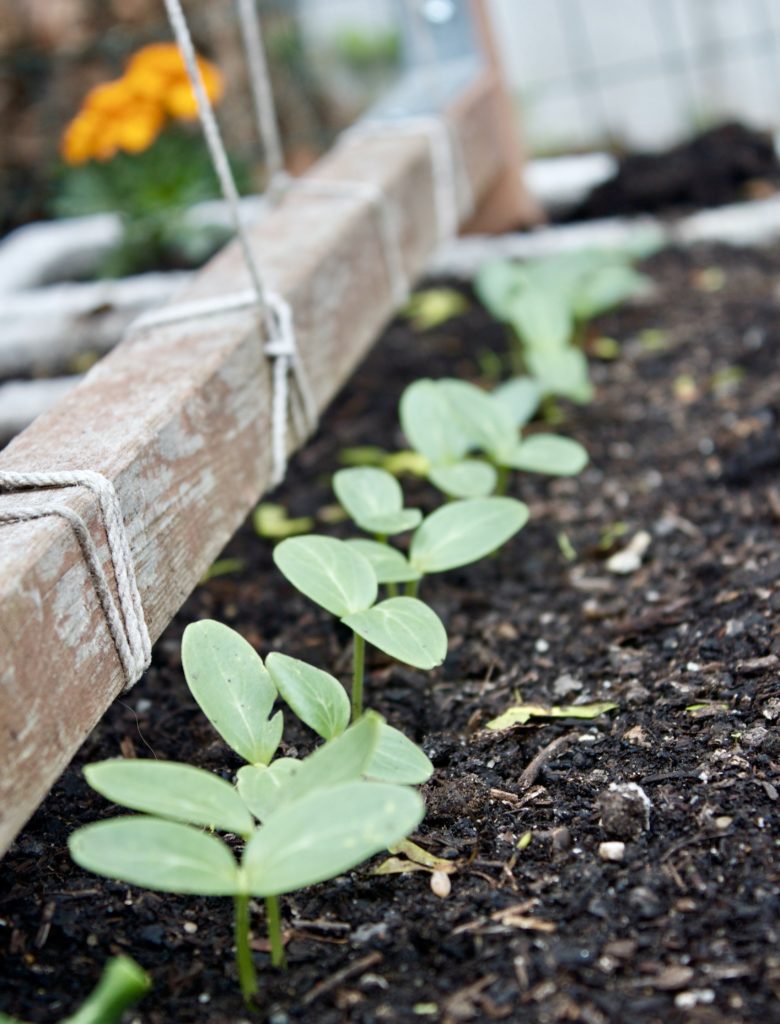The charm of an English garden lies in its natural beauty, romantic blooms, and timeless elegance. Unlike highly structured gardens, English gardens feel effortless and whimsical, yet they require a thoughtful approach to achieve their lush, overflowing look. With a few simple tricks, you can create an English garden successfully in your own backyard, balcony, or small green space.Introduction: What is an English Garden?An English garden is all about informal beauty, harmonious colors, and abundance. It combines flowers, shrubs, and greenery in a way that looks natural yet intentional. Think winding paths, colorful perennials, climbing roses, and lush borders.By following a few smart strategies, you can capture this aesthetic and enjoy a garden that feels both timeless and inviting.Key Elements of a Successful English GardenH2: 1. Mix Flowers and Plants for a Lush LookEnglish gardens are known for their rich variety. Combine:Perennials like delphiniums, foxgloves, and peoniesAnnuals like poppies and sweet peas for seasonal colorClimbing plants like roses, clematis, or honeysuckleOrnamental grasses for textureThe key is to layer plants of different heights, colors, and textures. This creates the informal, overflowing look typical of English gardens.H2: 2. Use Color HarmoniouslySimple Trick: Stick to 3–5 Main ColorsChoose a palette that complements your home or garden surroundings. Popular English garden combinations include:Soft pastels: pinks, lilacs, whitesBold romantic: reds, deep purples, bluesMixed cottagecore: yellows, creams, and soft orangesRepeating colors in different spots throughout the garden creates a cohesive, visually pleasing effect.H2: 3. Include Curved Paths and BordersStraight lines are minimal in English gardens. Curves:Add flow and movementMake the garden feel largerGive space for plants to spill over naturallyUse gravel, stepping stones, or brick to define paths. Plant low flowers or groundcover along the edges for a soft, romantic feel.H2: 4. Layer Planting for Depth and InterestLayering is a simple trick to make your garden feel rich and abundant:Tall plants in the back (delphiniums, foxgloves)Medium-height plants in the middle (lavender, peonies)Low-growing plants in the front (sweet alyssum, pansies)This creates natural depth and makes your garden feel full without overcrowding.H2: 5. Add Climbing Plants and TrellisesClimbing plants bring height and romantic charm:Use trellises, arbors, or pergolasGrow roses, wisteria, or clematis up walls and fencesMix flowering climbers with greenery for a lush, layered effectThis is one of the easiest ways to achieve the classic English garden vibe.H2: 6. Include Seasonal BloomsTo create an English garden successfully, plan for flowers that bloom at different times:Spring: tulips, primroses, hyacinthsSummer: roses, foxgloves, lavenderAutumn: asters, chrysanthemumsWinter: holly, ivy, helleboresSeasonal planning ensures color and interest year-round.H2: 7. Don’t Forget Garden Furniture and AccessoriesClassic touches make your garden more inviting:Wooden benches or wrought iron chairsBird baths or small fountainsRustic garden ornaments like lanterns, statues, or ceramic potsThese subtle elements add charm without overpowering the natural beauty.H2: 8. Maintenance Tips for SuccessSimple Tricks for CareWater regularly, but avoid overwateringDeadhead flowers to encourage more bloomsPrune climbing plants and shrubs lightlyMulch to retain moisture and reduce weedsRotate seasonal plants to keep your garden vibrantMaintenance is key to keeping your English garden flourishing year after year.Conclusion: Transform Your Space Into an English GardenBy following these simple tricks, you can create an English garden successfully even in a small space. Focus on layers, curves, harmonious colors, climbing plants, and charming accessories. Over time, your garden will develop that romantic, timeless look characteristic of English gardens — a true haven of beauty, color, and serenity.

